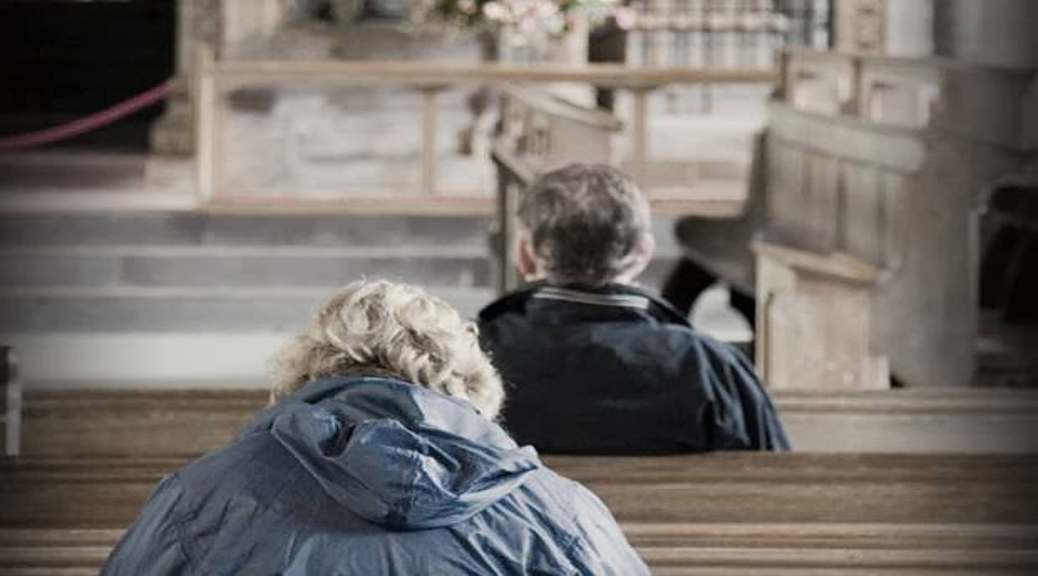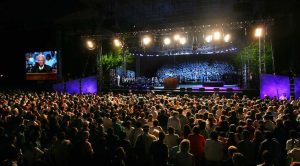Why are Churches Closing?
Christianity is the fastest growing religion in the world! Despite that, the institutional church is rapidly shrinking.
Considering the growth rate of the world’s religious blocks: Christianity is by far the fastest-growing religion in the world today. The total population of the world increases by 1.72% annually.
The world’s religions growth percentiles are as follows:
Buddhists 1.7%
Nominal Christians 2.2%
Hindus 2.3%
Muslims 2.7%
Non-religious 2.8%
Bible-believing Christians 6.9%
True Christianity has grown by more than 300 million believers in the past ten years. About 10 million of these new Christians are from North America and Europe, and the rest -290 million-are from developing countries like Nigeria, Argentina, India and China.
The following articles were posted on CBN News recently. This emphasize the situation in the institutional church right now!
Closing of Churches in England
Some Churches May Open Only on ‘Festival’ Days
The Church of England is considering a radical plan to close thousands of historic village churches, opening them only on major holidays like Christmas and Easter.
The Church says a “festival church” concept will need to be analyzed but could provide a way to utilize buildings in communities that can no longer support heavy maintenance burdens.
The Church of England’s new report focuses on 16,000 church buildings. Many are in rural areas and have an attendance of less than 37 people.
The report examines the financial burden that many of these congregations face in maintaining their historic buildings and suggests “festival churches” as a good option.
Fewer than 800,000 worshipers attend a Church of England church on an average Sunday, less than half the worshipers that attended in the 1960s.
More than 33 million people in England and Wales list Christianity as their religion in the latest government census. That is a decline of more than 4 million from the last census in 2001.
John Inge, bishop of Worcester, oversaw the new report and acknowledged the complicated path forward.
“We believe that, apart from growing the church, there is no single solution to the challenges posed by our extensive responsibility for part of the nation’s heritage,” he explained.
“We hope therefore that this work will be a catalyst for discussion about how churches can be better cared for and used for the common good,” he said.
– CBN News
Church Declining in the USA
A new study found that the long-term declines in church membership and member giving are continuing. Despite that, the study says the church in the United States still has the potential to accomplish great good.
The study, “The State of Church Giving through 2014: Speaking Truth to Power” (October 2016) was conducted by Empty Tomb, Inc. It showed that giving among church members declined as a percent of income, from 2013 to 2014.
Overall, giving from people who attend church regularly as membership declined 28 percent, from 3.02 percent in 1968 to 2.16 percent in 2014.
Membership in some of the fastest growing denominations also declined according to the study, including the Roman Catholic Church. In 1968, the group represented 45 percent of U.S. population, compared to 35 percent in 2014.
But the authors of the study, John and Sylvia Ronsville, point out the historically Christian church in the country is one of the, if not the, largest identity groups in the United States.
They also estimate that church-goers control the equivalent of the third-largest gross domestic product in the world.
Without guidance, church members have turned inward, both individually and in their congregations. The declines in giving and membership, the authors propose, are a result.
– CBN News
Wrong statistics versus the real numbers
Initially prompted to discover how church plants in America were really doing, David Olson, director of church planting for the Evangelical Covenant Church (covchurch.org), began collecting data in the late ’80s, gradually expanding his research to encompass overall attendance trends in the church. In his study, he tracked the annual attendance of more than 200,000 individual Orthodox Christian churches (the accepted U.S. church universe is 330,000). To determine attendance at the remaining 100,000-plus Orthodox Christian churches, he used statistical models, which included multiplying a church’s membership number by the denomination’s membership-to-attendance ratio.
The Numbers
His findings reveal that the actual rate of church attendance from head counts is less than half of the 40 percent the pollsters report. Numbers from actual counts of people in Orthodox Christian churches (Catholic, mainline and evangelical) show that in 2004, 17.7 percent of the population attended a Christian church on any given weekend.
Another study published in 2005 in The Journal for the Scientific Study of Religion by sociologists C. Kirk Hadaway and Penny Long Marler—known for their scholarly research on the church—backs up his findings. Their report reveals that the actual number of people worshiping each week is closer to Olson’s 17.7 percent figure—52 million people instead of the pollster-reported 132 million (40 percent).
“We knew that over the past 30 to 40 years, denominations had increasingly reported a decline in their numbers,” Marler says. “Even a still-growing denomination like the Southern Baptist Convention had reported slowed growth. Most of the mainline denominations were all reporting a net loss over the past 30 years. And at the same time, the Gallup polls had remained stable. It didn’t make sense.”
In another study surveying the growth of U.S. Protestants, Marler and Hadaway discovered that while the majority of people they interviewed don’t belong to a local church, they still identify with their church roots. “Never mind the fact that they attend church less than 12 times a year,” Marler observes. “We estimate that 78 million Protestants are in that place. Ask most pastors what percentage of inactive members they have—they”ll say anything from 40–60 percent.”
All local resources on this website are free of charge. Please help us by sharing it with your friends through the social networks. Social network sharing buttons available at the bottom of all pages






